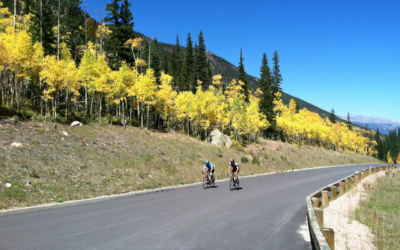With less snowpack and below-average seasonal snowfall, water restrictions are on many Coloradans’ minds. Conservation should be an ongoing effort for everyone.
There are two things Joseph Bernosky, director of water and power for the City of Loveland, checks every morning: the ten-day forecast and the snow telemetry report (SNOTEL) from the Natural Resources Conservation Services. That snapshot of the various basins throughout the state keeps him informed about snow and possible water issues.
He’s not the only one watching.
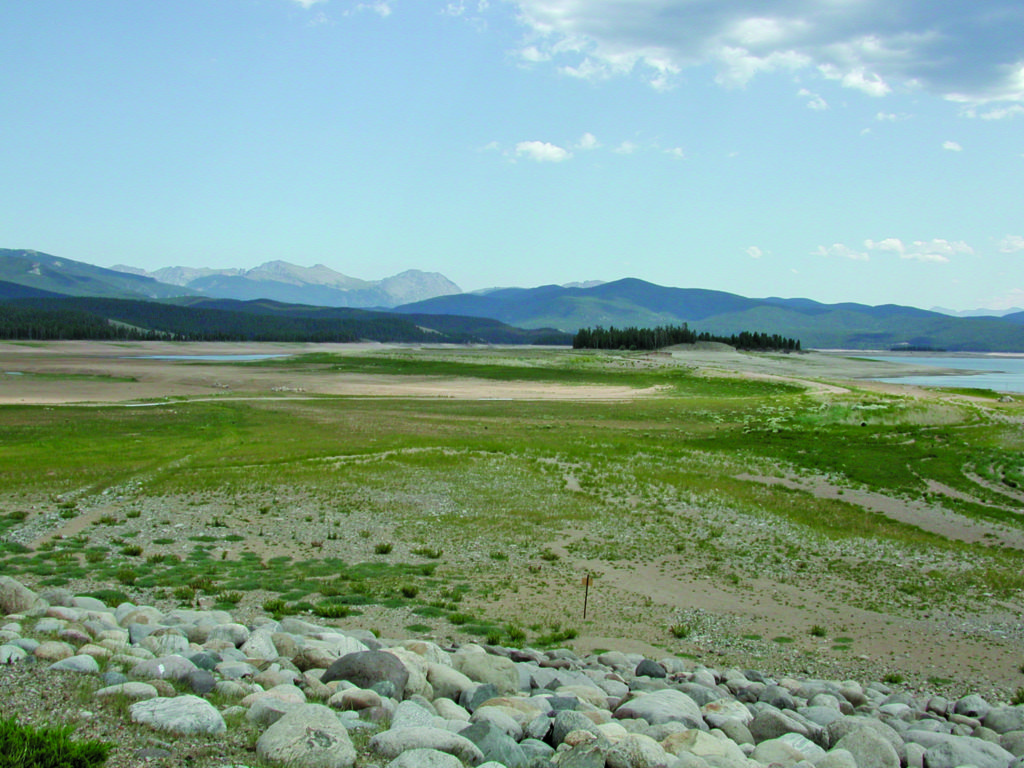
Granby Reservoir, seen here during the drought of 2002, is part of the Colorado-Big Thompson Project, which is the source of water for communities in Northern Colorado.
“Since October 1, we’ve been paying close attention to how snowpack has been accumulating,” says Becky Bolinger, assistant state climatologist, Colorado State University department of Atmospheric Science Colorado Climate Center. “There’s very little accumulation in the southwestern corner and the San Juan Mountains in terms of what we normally see. Some sites are at that zero percent ranking, which means no other year has accumulated less by this date in history.”
That’s why water industry executives like Bernosky want people to be mindful about their water usage.
Be Proactive
“It’s the old saying,” says Bernosky, “You don’t miss your water till the well runs dry. But being a smart consumer and looking toward future implications is the right thing to do with a precious resource and it also saves you money. Other factors are embedded within a gallon of water. First, there’s the power to pump the water to your house, and the chemicals used at the water treatment plant. So it’s not just about using water efficiently, it’s also about conserving energy and reducing the amount of chemicals used.”
The best preparation for drought conditions is to start conserving before the problem arises. Many options exist including low water-use appliances, tankless water heaters, xeriscaping and rain barrels.
Northern Colorado cities work hard to educate people, says Fort Collins Utilities water conservation manager Liesel Hans. “Most entities have a water efficiency plan and some degree of water programs for consumers,” Hans says. “Even when we’re not in restriction, we promote using water wisely and conserving and we offer a variety of robust programs to both residential and business customers. We have rebates on efficient appliances and a free sprinkler audit program.”
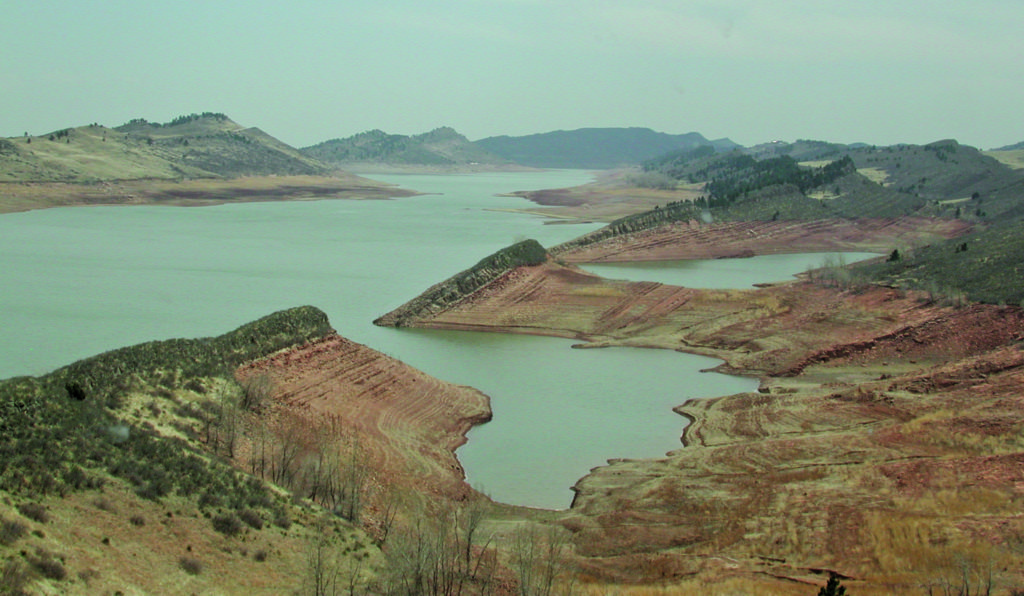
Water conditions in Northern Colorado aren’t quite as low as the levels seen in 2002 when the area was in a drought (Horsetooth Reservoir). All are part of the Colorado-Big Thompson Project, which provides NOCO communities with water.
Additionally, the city recently installed smart meters that collect hourly reads. “We can track when there might be leaks on a residential property,” Hans says. “For commercial properties, rebates are offered to landscape contractors using low-water plants and, for multi-family projects city staff works with developers to help lower water use with things such as low-flow toilets.”
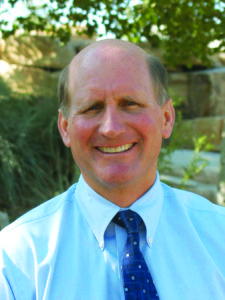
“We have the water in storage and we’ll be okay this year. But we’ve seen years go south on us in April so we look cautiously at what is going on.”
—Brian Werner
Spokesperson for Northern Colorado Water Conservancy District
Education plays a big role, says Ruth Quade, water conservation coordinator in the city of Greeley Water & Sewer Department. “What we would like to see is people using water efficiently every year and then cutting back even more in drought. Our universal metering in the 90s helped people know what they were using.”
Knowing your use is a first step. Then setting a plan for reducing consumption easily follows.
Greeley’s Water Conservation Program is one of the largest and most successful in Colorado. Between 1990 and 2007, universal metering and other conservation programs dropped water demand by more than 20 percent in Greeley. The program is estimated to reduce water use by an additional 8 percent over the next 20 years.
State Water Levels
Northern Colorado is in better shape than other parts of Colorado in terms of drought concerns, but the situation can change.
“In Northern Colorado, conditions are currently stable,” says Brian Werner, spokesperson for Northern Colorado Water Conservancy District, noting that the dry fall left the ski areas lacking snow for much of the ski season. But we don’t panic until after we see the accumulated amounts from March and April. Those two months have the wet snows that provide the water accumulation we value so highly in this business.”
Northern Colorado has resources, Werner says. “The Northern Colorado reservoirs are in good shape heading into the coming months. The Colorado-Big Thompson Project (C-BT), was 22 percent above average going into January. That’s a good place to be. In our business, there is no such thing as an average year but we base it on the averages and want to be above rather than below. We have the water in storage and we’ll be okay this year. But we’ve seen years go south on us in April so we look cautiously at what is going on.
We always have to be ready to adapt to the possibilities.”
Preparation is key, he says. “Cities will start looking at if watering restrictions are needed in some form and how we’ll educate our citizens so we don’t drain all our supplies this year. Even if we have a good year, we don’t want to bet on that happening in coming years.”
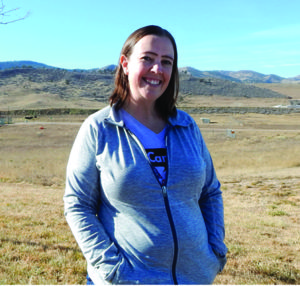
“Since October 1, we’ve been paying close attention to how snowpack has been accumulating. There’s very little accumulation in the southwestern corner and the San Juan Mountains…. Some sites are at that zero percent ranking, which means no other year has accumulated less by this date in history.”
—Becky Bolinger
Assistant state climatologist, Colorado State University Department of Atmospheric Science Colorado Climate Center
Every area determines its own path, restriction wise. Currently Northern Colorado cities don’t expect restrictions for this coming summer. In Fort Collins, water supply comes from two sources: C-BT, which includes Horsetooth Reservoir and the Cache la Poudre River basin, including portions of the Michigan River basin that flow to the Poudre River via the Michigan Ditch and Joe Wright Reservoir system. “On average, we use about half of those supplies,” says Donnie Dustin, water resources manager for Fort Collins Utilities. “It’s a great system: when one isn’t doing well, the other one is.”
The Water Supply & Demand Management Policy dictates that the Utilities Department maintain enough water supply to meet at least a 1-in-50 year type drought event in the Poudre River basin. “Our current plan addresses what will happen if we go under restrictions and the intensity of the restrictions goes up as the intensity of the situation requires,” Hans says.
Greeley also has those restrictions in place, Quade says. “Greeley has had restrictions in place since 1908. For example, we have a water budget that sets tiers for landscape watering. Last year, we piloted a program for single-family residences so they could determine days they’d water instead of the city dictating that. If they went over their allowed water budget, they paid more.”
For landscaping, tiers are based on the size of the family and the square footage of the lot minus the house and pavement, says Quade. “It’s also based on real time weather. We’re thinking of making that a permanent change. We do still have restrictions for midday watering.”
Greeley’s plan was amended in 2003 based on the 2002 drought, Quade says. “We wrote new restrictions into our ordinance and have three levels so all we need to do is declare the drought level. Either we discuss an adequate year or level one, two or three.”
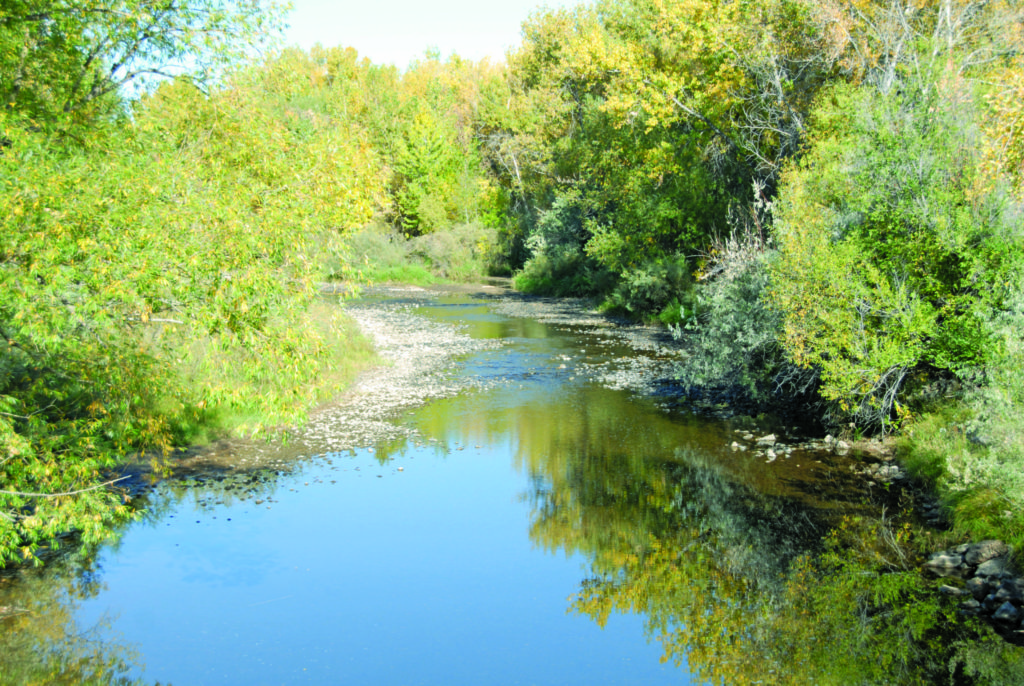
Water conditions in Northern Colorado aren’t quite as low as the levels seen in 2002 when the area was in a drought (Poudre River). All are part of the Colorado-Big Thompson Project, which provides NOCO communities with water.
Quade adds that restrictions aren’t usually determined until later in the spring. “Right now we look good in terms of storage and the long-term weather forecast. It doesn’t hurt to start talking about it.”
Loveland has started those discussions, Bernosky says. “I’ve had initial meetings with our water operations and water resources groups. We have drought-contingency plans and if conditions change, we’ll work our way through the various steps in the plan as needed. We’re carefully monitoring and we don’t want to alarm anyone. We are not in a 2002 situation and it’s significantly different. Loveland is blessed to have a rich portfolio of water resources.”
He says that consumers need to be water wise. “Use this resource efficiently. It’s the little stuff that makes such a big difference. Tell your kids, ‘don’t leave the water on as you brush your teeth.’ If you wash your car in the driveway, don’t leave the water running. Remember that water is a limited resource so be water efficient all the time. Upgrade washing machines, dishwasher and faucets. Going through your house to make it as efficient as possible will make a big difference in the Front Range.”
NOCO Resources
Fort Collins: www.fcgov.com/utilities/conserve
Greeley: http://greeleygov.com/services/ws/conservation/
Loveland: www.cityofloveland.org/departments/water-and-power/residential/conserve
(Substitute “business” for “residential” for programs for commercial.)
Kay Rios, PhD, is a freelance writer based in Fort Collins. To comment on this article, send an email to letters@nocostyle.com.


